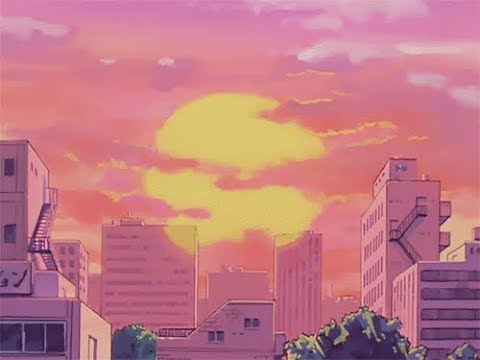The Revival of City Pop

May 30, 2019
Youtube is infamous for its quirkiness of sometimes recommending the most random videos to everyone: comment sections of said videos are filled with jokes about “Why was this recommended to me?” However, sometimes these accidents can be for the better. On July 5th, 2017, the song “Plastic Love” was recommended to everyone, which sparked the huge revival of the music genre of City Pop that still continues to this day.
“What is City Pop?” City Pop is, essentially, the music style that defines the Japanese 80’s. Known for its amalgamation of soft rock, disco, R&B, funk, and boogie, this genre is a noticeable change in the Japanese culture to match with the sudden Japanese modernization and Westernization. With the new buys city life of neon lights, leisure, luxury, and technology, this smooth, catchy genre was born. Unfortunately, this genre never was able to travel outside of Japan much, and was buried away until “Plastic Love.”
On July 5th, 2017, user Plastic Lover uploaded the now famous video “Mariya Takeuchi 竹内 まりや Plastic Love,” a 1984 song by Mariya Takeuchi, paired with the still image from her “Sweetest Music / Morning Glory” single, crept onto YouTube recommendations of people worldwide, stacking up 25 million views. Curiously, this wasn’t even her most popular song: as a single, it reached only 86th on the Oricon charts. The video became so popular that even Mariya herself noticed, saying, “Considering that it was mostly performed in Japanese, we figured it would be impossible to go abroad. However, looking at YouTube’s comments section for ‘Plastic Love’ now, many viewers don’t really seem to care what language it’s in.” However, the video was suddenly removed on a copyright claim by Alan Levanson, who was the photographer of the cover photo.
The City Pop trend spiked a massive trend in new, more modern genres such as future funk and vaporwave. Remixers and samplers such as MACROSS 82-89, Night Tempo, and Yung Bae gained popularity. Playlists filled with icons and divas such as Anri, Miki Matsubara, Taeko Ohnuki, Tomoko Aran, Mariya Takeuchi and her husband Tatsuro Yamashita (one of the pioneers of City Pop in Japan, appropriately nicknamed “King of City Pop”), and much more popped onto Youtube. Even modern music began to take note: two different Kpop singers Yubin and Yukika produced “Lady” and “NEON” respectively, both based on City Pop.
The trend still continues to this day. Recently, after a few months of clearing up miscommunications, the original over-20-million-views video of “Plastic Love” was reuploaded. Just in the same week, on May 16th, after 35 years, Warner Music Japan uploaded the short version of the music video for “Plastic Love” (the full version comes with the purchase of Mariya’s 40th anniversary album, Turntable, coming out in August). Still, the iconic black-white photo of Mariya’s bright smile, short flowing hair, bow tie, suspenders, and white button-up collared shirt is a symbol for the revival of City Pop.
Graphic courtesy of YOUTUBE.COM
